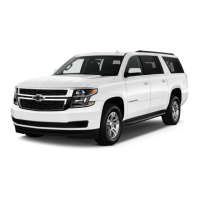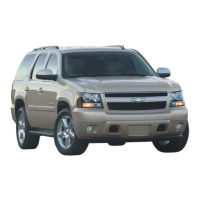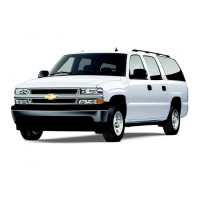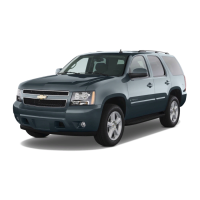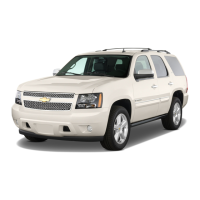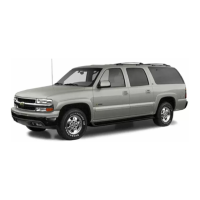Traveling to Remote Areas
It makes sense to plan your trip, especially when going
to a remote area. Know the terrain and plan your route.
You
are much less likely to get bad surprises. Get
accurate maps of trails and terrain. Try to learn of any
blocked or closed roads.
It’s also a good idea to travel with at least one other
vehicle. If something happens to one of them, the other
can help quickly.
Does your vehicle have a winch? If
so,
be sure
to
read
the winch instructions. In a remote area, a winch can be
handy if
you
get stuck. But you’ll want to know how to
use it properly.
Getting Familiar with Off-Road Driving
It’s a good idea to practice in an area that’s safe and
close to home before you
go
into the wilderness.
Off-road driving does require some new and different
driving skills. Here’s what we mean.
Tune your senses to different kinds
of
signals. Your
eyes, for example, need to constantly sweep the terrain
for unexpected obstacles. Your ears need to listen for
unusual tire or engine sounds. With your arms, hands,
feet and body, you’ll need to respond to vibrations and
vehicle bounce.
Controlling your vehicle is the key
to
successful
off-road driving. One of the best ways to control your
vehicle is to control your speed. Here are some things
to
keep in mind. At higher speeds:
you
approach things faster and you have less time to
you have less time to react.
you have more vehicle bounce when you drive
you’ll need more distance for braking, especially
scan the terrain for obstacles.
over obstacles.
since you’re on an unpaved surface.
A
CAUTION:
I
When you’re driving off-road, bouncing and
quick changes in direction can easily throw you
out of position. This could cause you to lose
control and crash.
So,
whether you’re driving on
or off the road, you and your passengers should
wear safety belts.
4-16

